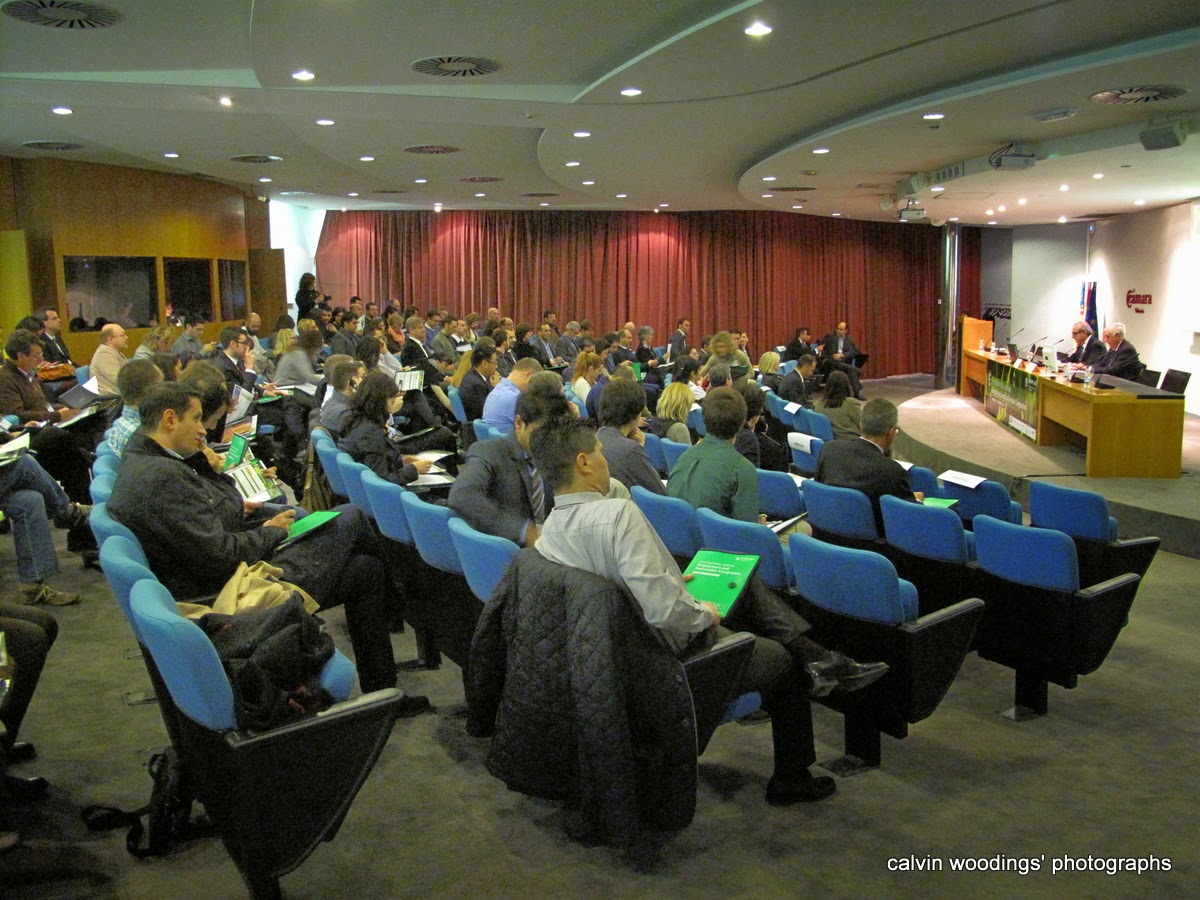In 2013, global dissolving pulp capacity approximated 6.3 million tons which were mainly produced in such countries where forest resources are abundant as North America, South Africa and Brazil. As the dissolving pulp industry is fairly profitable during 2009-2011 when a great number of dissolving pulp projects were built in China, the dissolving pulp capacity of China rose to about one million tons till 2013, holding the second place in the world.
Although with a rather large dissolving pulp capacity, China is in short of forest resources and Chinese dissolving pulp manufacturers has a higher production cost than international counterparts. In 2012-2013, China’s viscose fiber industry remained in the doldrums, hence a lower demand for dissolving pulp. This, coupled with the impact of the global low-priced dissolving pulp on the domestic market, led to a universally low operating rate for dissolving pulp devices, thus resulting in the overall loss-making of the industry. In 2013, the output of dissolving pulp in China was only around 360kt, with a mere 36% operating rate but export dependency ratio as much as 83.4%.
In April 2014, Ministry of Commerce People’s Republic of China announced final determination in anti-dumping investigation: starting from April 6, 2014, China would levy tariffs of 17%, 13% and 6.8% on the pulp produced in the United States, Canada, and Brazil, respectively. The implementation period would span 5 years since April 6, 2014. This is good for the sales of dissolving pulp in China and would hinder the impact of the imported dissolving pulp. Although the factors including destocking in distribution and weak demand from downstream market led to the fluctuation of the prices of dissolving pulp in the bottom, the dissolving pulp industry in China is expected to witness a turning point in 2014.
The world’s dissolving pulp industry features quite high concentration and key industrial players consist of Sappi, Aditya Birla, Lenzing, Sateri, Rayonier, etc. In 2013, the total dissolving pulp capacity of the aforesaid five producers accounted for roughly 54.5% of global total. In the forthcoming years, the world’s dissolving pulp capacity will continue to grow and the key increments will involve the successively expanded capacity of 300kt from Lenzing, the capacity of 190kt switched for production by Rayonier, the newly built capacity of 175kt from Thailand’s Double A, and otherwise.
Chinese dissolving pulp manufacturers are mainly medium and large paper-making enterprises and chemical fiber enterprises; wherein, the paper-making enterprises is chiefly composed of Yueyang Forest & Paper, Sun Paper and Zhenlai Xinsheng Paper (putting into production in 2013), mainly producing wood dissolving pulp and with their capacities hitting 300 kt/a, 200 kt/a and 100 kt/a respectively; and chemical fiber enterprises include Jilin Chemical Fiber Group and Yibin Grace Group Company, producing bamboo dissolving pulp in the main, of which the 95 kt/a bamboo pulp project of Jilin Chemical Fiber Group is still under construction and expected to put into production in 2014.
As a large consumer of viscose fiber around the globe, China’s output of viscose fiber is anticipated to keep a growth rate of 10% or so in the upcoming years, which beyond doubt stimulate a rise in the demand for dissolving pulp. After anti-dumping tariff is levied by China on the imported dissolving pulp in 2014, the output of home-made dissolving pulp in China is expected to grow steadily, and it will get to around one million tons in 2016.







